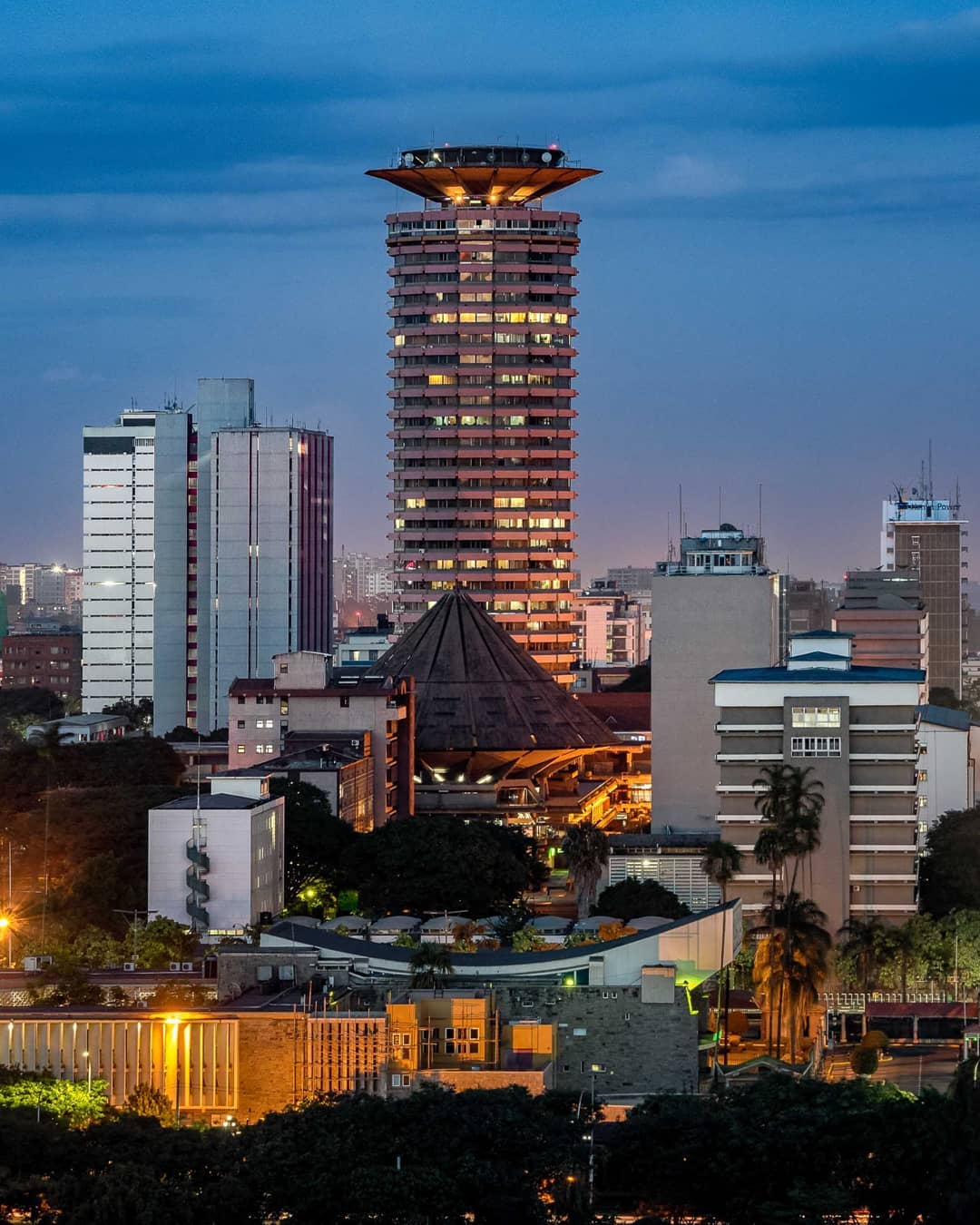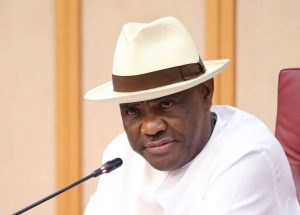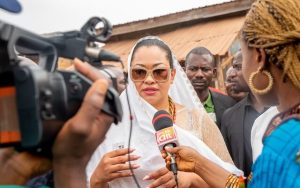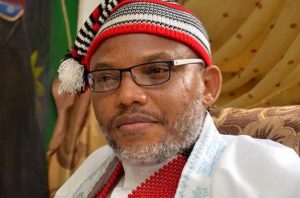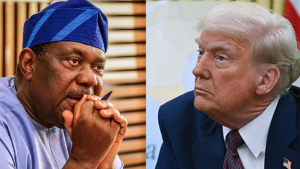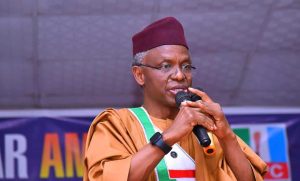Nairobi, Kenya: The New Dubai Of Africa?
Kenya has made significant political and economic reforms that have contributed to sustained economic growth, social development, and political stability gains over the past decade. However, its key development challenges still include poverty, inequality, transparency and accountability, climate change, continued weak private sector investment and the vulnerability of the economy to internal and external shocks.
Kenya ushered in a new political and economic governance system with the passage of a new constitution in 2010 that introduced a bicameral legislative house, devolved county government, and a constitutionally tenured judiciary and electoral body. The first election under this new system was held in 2013. The next presidential election will be held in August 2022.
From 2015 to 2019, Kenya’s economy achieved broad-based growth averaging 4.7% per year, significantly reducing poverty (which fell to an estimated 34.4% at the $1.9/day line in 2019). In 2020, the COVID-19 shock hit the economy hard, disrupting international trade and transport, tourism, and urban services activity, in particular. Fortunately, the agricultural sector, a cornerstone of the economy, remained resilient, helping to limit the contraction in GDP to only 0.3%.
In 2021, the economy staged a strong recovery, although some sectors, such as tourism, remained under pressure. GDP growth is projected at 5.0% in 2022 and the poverty rate has resumed its trend decline after rising earlier in the pandemic. Although the economic outlook is broadly positive, it is subject to elevated uncertainty, including through Kenya’s exposure (as a net fuel, wheat, and fertilizer importer) to the global price impacts of the Russian invasion of Ukraine.
World Bank support to Kenya’s pandemic response includes emergency funding to strengthen medical services and reduce the spread of the virus, as well as budget support to help close the fiscal financing gap while supporting reforms that help advance the government’s inclusive growth agenda.
In addition to aligning the country’s long-term development agenda to Vision 2030, the President outlined the “Big Four” development priority areas for his final term as President prioritizing manufacturing, universal healthcare, affordable housing, and food security.
Below are pictures to prove the infrastructural development in the country;
